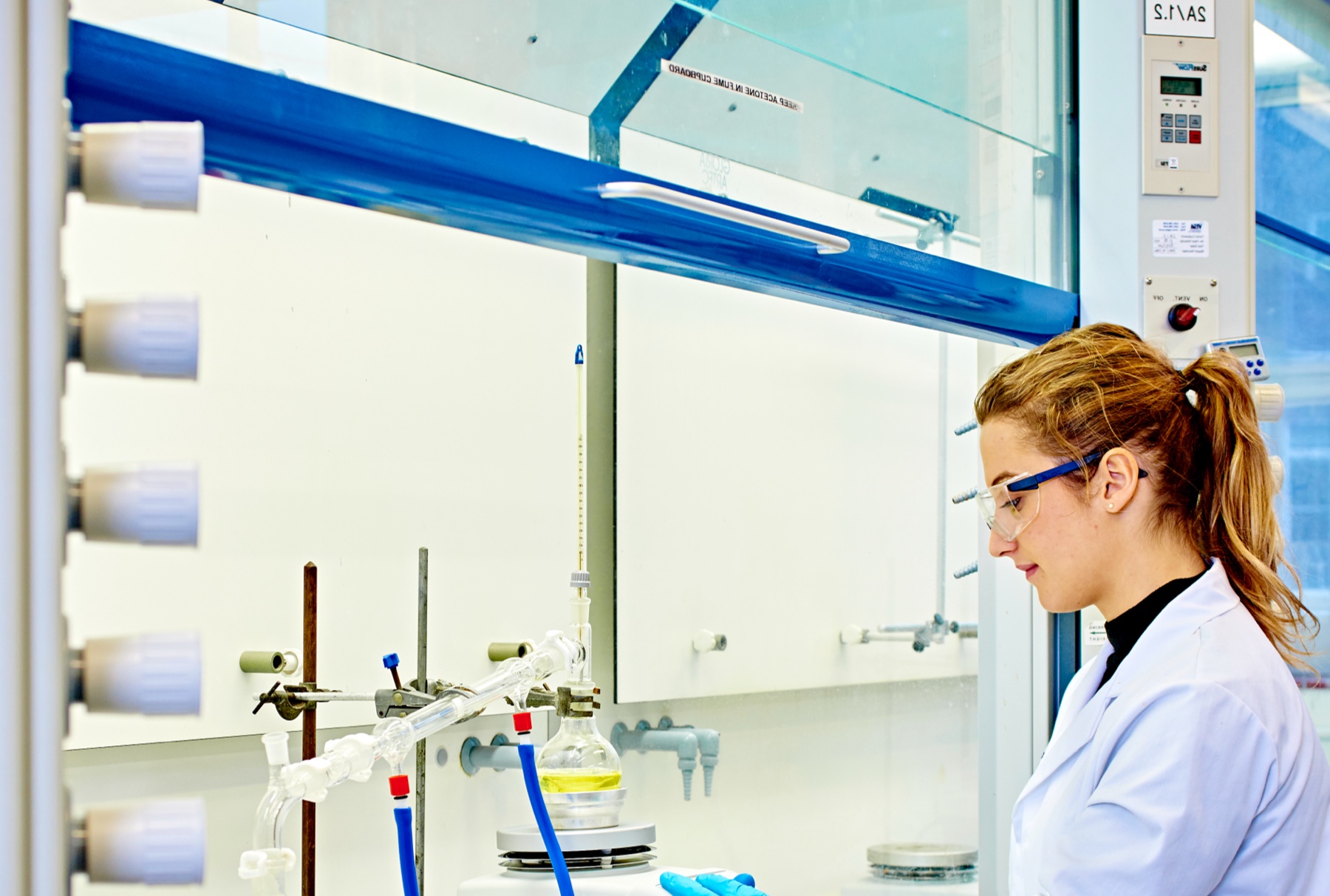CL4W: Cleaning Land for Wealth
Treating contaminated land to recover materials for future use and economic gain.
Project leader
Dates
March 2013 to February 2016
Sponsors
Partners
University of Warwick
Description
Most work on land remediation is energy or resource intensive, sometimes both. It focuses on sequestering contaminants with no attempt to recover them as a resource. Currently, there are few genuine economic drivers to motivate decontamination and land recovery. But many sites contain valuable minerals.
The resource costs for land treatment are prohibitive for dilute and dispersed sites. There are approximately 300,000 hectares of land in the UK affected by industrial or natural contamination. In Western Europe, there are 350,000 contaminated sites with an estimated treatment cost of 350bn Euros. Globally, much land contamination exists, although this is poorly quantified.
This project will deliver high-value products from contaminated land. These will include, for example, bio-manufactured, functionalised, nanoparticles. We will use the ability of plants to take metals out of the ground in significant quantities, which is a process known as hyperaccumulation. We will then recover those metals using a combination of synthetic biology and process engineering. Our 'bio-factories' will turn metals into nanoparticles using bacteria.
During the recovery process, microbes will create valuable materials from lignocellulose parts of the crops. These materials include DHA, Vanillin, and other chemical or polymer feedstocks. We will provide the nanoparticles with industrial significance and hence maximise their value.
We have selected two common polluting targets. Many industrial processes generate arsenic (As) and platinum group metals (PGM). These pollute large amounts of land and watercourses. They endanger health and prevent human habitation.
Nanoparticles are used to treat aggressive cancers. A wide range of applications such as catalysis, fuel cells and batteries use PGM nanoparticles.
We also expect to develop new opportunities for these and similar materials as the research progresses.
